In this comprehensive exploration, we dive into the world of sugar cone, a staple in the dessert universe. From their sweet beginnings to modern culinary uses, we’ll uncover everything there is to know about these crunchy delights. Whether you’re a dessert aficionado or just a curious reader, this article promises to be a treat, filled with fascinating facts, nutritional insights, and creative ideas for using sugar cones in your kitchen. Discover the difference between sugar cones and their close relatives in “Waffle Cookies Unveiled: A Guide to Sweet, Crispy Delights”.
Introduction to Sugar Cone
The Sweet Beginnings of Sugar Cone
Sugar cones, those crunchy carriers of our favorite ice cream, have a history as rich and layered as the flavors they hold. Originating from the early 19th century, these cones were first seen at fairs and small sweet shops. They initially hand-rolled them, providing a sweet, edible alternative to the then-popular glass or metal ice cream holders. This ingenious invention not only added a delightful crunch to the ice cream experience but also made it a portable pleasure.
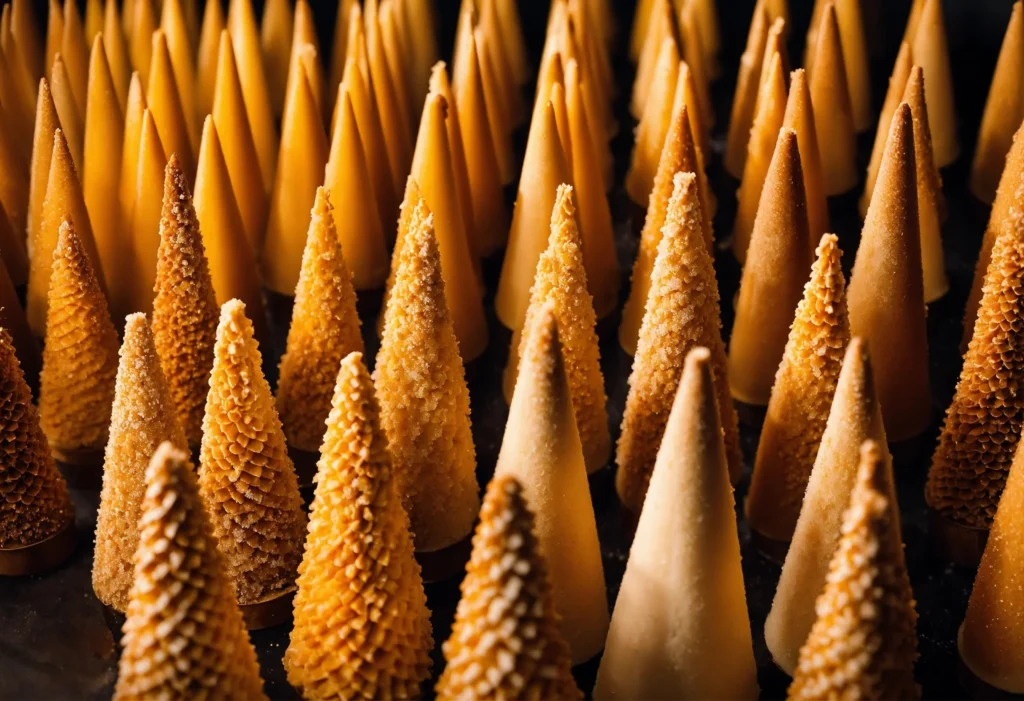
The evolution of sugar cone is a testament to culinary innovation. From the simple, hand-rolled beginnings, they have become a symbol of joy and indulgence worldwide. Today, they are not just a treat for the palate but also a canvas for creativity, inspiring chefs and home cooks alike. For a deeper dive into the world of sugar cones, explore “Sugar Cone Delights: A Sweet Journey”, which offers a comprehensive look at these beloved treats.
Sugar Cones in Modern Cuisine
Fast forward to the present, and sugar cone have transcended their role as mere ice cream holders. They are now a versatile ingredient in modern cuisine, finding their way into various dessert recipes and presentations. Chefs are reinventing the humble sugar cone, using it in deconstructed desserts, as edible bowls for fruit salads, or even as a crunchy element in gourmet dishes.
The modern culinary applications of sugar cone showcase their adaptability and the endless possibilities they offer. They are no longer just a summer treat but a year-round ingredient that can add texture and sweetness to a wide array of dishes.

“In the next section, we’ll explore the different types and varieties of sugar cones, delving into the world of classic, waffle, and specialty cones. For a deeper understanding of the history and evolution of ice cream cones, including sugar cones, check out this informative article from Smithsonian Magazine. Stay tuned as we continue our sweet journey through the delightful world of sugar cone! Additionally, if you’re interested in the science behind why sugar cones don’t get soggy with ice cream, Scientific American offers an intriguing explanation.”
Exploring Different Types of Sugar Cone
Classic Sugar Cone
When we think of sugar cone, the classic variety often comes to mind first. These are the quintessential cones, known for their crisp texture and subtly sweet flavor. Baking to a golden brown perfection, these cones are primarily a mixture of flour, sugar, and water. Their conical shape serves a practical purpose beyond aesthetics; ingeniously designed, it securely holds a generous scoop of ice cream while preventing drips, making them a favorite among ice cream lovers.
The classic sugar cone’s appeal lies in its simplicity. It complements the ice cream without overpowering it, providing a delightful crunch with each bite. Whether it’s vanilla, chocolate, or something more exotic, the classic sugar cone is a versatile choice that pairs well with any flavor.
Waffle Cones vs. Sugar Cones
Now, let’s talk about waffle cones. Often confused with their sugar cone cousins, waffle cones are distinct in both flavor and texture. They are typically larger and have a more pronounced grid pattern, reminiscent of waffles. Made with a batter that includes eggs and butter, waffle cones are richer and have a more buttery flavor compared to the more straightforward sweetness of sugar cones.
The choice between a waffle cone and a sugar cone often comes down to personal preference. Do you crave a richer, buttery experience, or do you prefer the classic, understated sweetness of a sugar cone? Either way, you’re in for a treat!
Specialty and Gourmet Varieties
In the realm of gourmet desserts, sugar cone have evolved into something even more special. Specialty sugar cones are available in various flavors and colors, introducing a unique twist to the traditional cone. Whether they’re chocolate-dipped, sprinkled with nuts, or infused with flavors like cinnamon or lavender, these gourmet cones are taking the ice cream experience to new heights.
Chefs and artisanal ice cream makers are getting creative with sugar cones, using them as a canvas to express their culinary creativity. These specialty cones not only enhance the visual appeal of desserts but also add complex flavors and textures, making each bite an adventure.
Now, we’ll delve into the fascinating process of how sugar cones are made. From the selection of ingredients to the baking process, we’ll uncover the art and science behind these beloved treats. Stay tuned for an enlightening peek into the world of sugar cone production !
How Sugar Cone are Made
Ingredients and Recipe
The journey of a sugar cone begins with its recipe, a simple yet precise blend of ingredients. The basic components include wheat flour, sugar, and water, forming the backbone of the cone’s structure. To this, a mix of oils or fats is added, providing the cone with its signature crispiness. Some recipes also incorporate flavorings like vanilla or cinnamon, adding a subtle but distinct taste.
The magic of sugar cone making lies in the balance of these ingredients. Too much sugar, and the cone becomes overly brittle; too little, and it lacks the characteristic sweetness. The flour’s quality also plays a crucial role, determining the cone’s texture and ability to hold its shape.
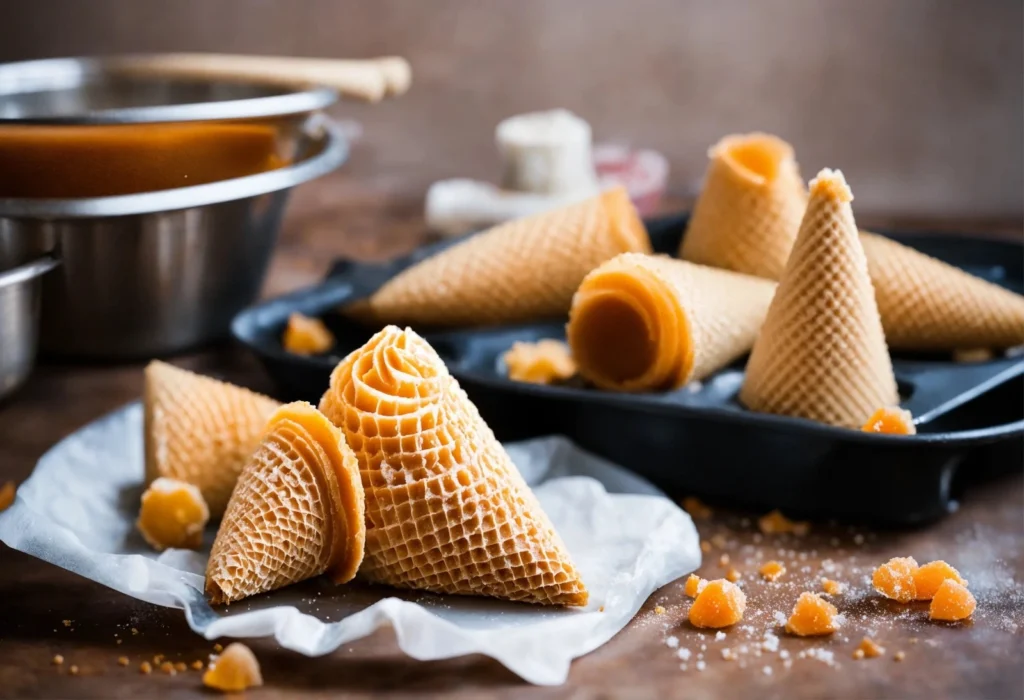
The Baking Process
After preparing the batter, it’s time to bake, giving the sugar cone its distinctive shape. Pour the batter onto specially designed griddles or molds that imprint the iconic waffle pattern. Close these griddles, and cook the batter under controlled heat and pressure.
As the cones bake, they transform from a liquid batter to a solid, yet pliable state. This is the critical moment when they are rolled into their conical shape. Precision is key here ; each cone must be rolled quickly and uniformly before it cools and hardens.
After rolling, the cones undergo a cooling process to allow them to crisp up. This cooling step is as crucial as the baking, as it solidifies the cone’s structure and ensures it can support the weight of ice cream without crumbling.
Nutritional Profile of Sugar Cone
Caloric Content and Ingredients
When indulging in a sugar cone, it’s helpful to be aware of its nutritional content. Typically, a standard sugar cone contains about 50 to 70 calories, with the majority coming from carbohydrates. The primary ingredients, as we know, are flour and sugar, contributing to its carbohydrate and sugar content. While they are not significant sources of vitamins or minerals, they do provide a small amount of dietary fiber.
It’s important to note that variations in size and additional ingredients like chocolate coatings or flavorings can alter the calorie count and nutritional value. For those monitoring their sugar intake, it’s wise to consider these factors when enjoying a sugar cone.
Health Considerations
While sugar cone are a delightful treat, moderation is key, especially for those with dietary restrictions or health concerns. The high sugar content can be a consideration for individuals with diabetes or those watching their glycemic index. Additionally, since they are made from wheat flour, they are not suitable for those with gluten sensitivities or celiac disease.
However, for most people, enjoying a sugar cone as part of a balanced diet poses no significant health risks. It’s all about balance and moderation. Pairing a sugar cone with a scoop of your favorite ice cream can be a delightful treat that fits into a healthy lifestyle.
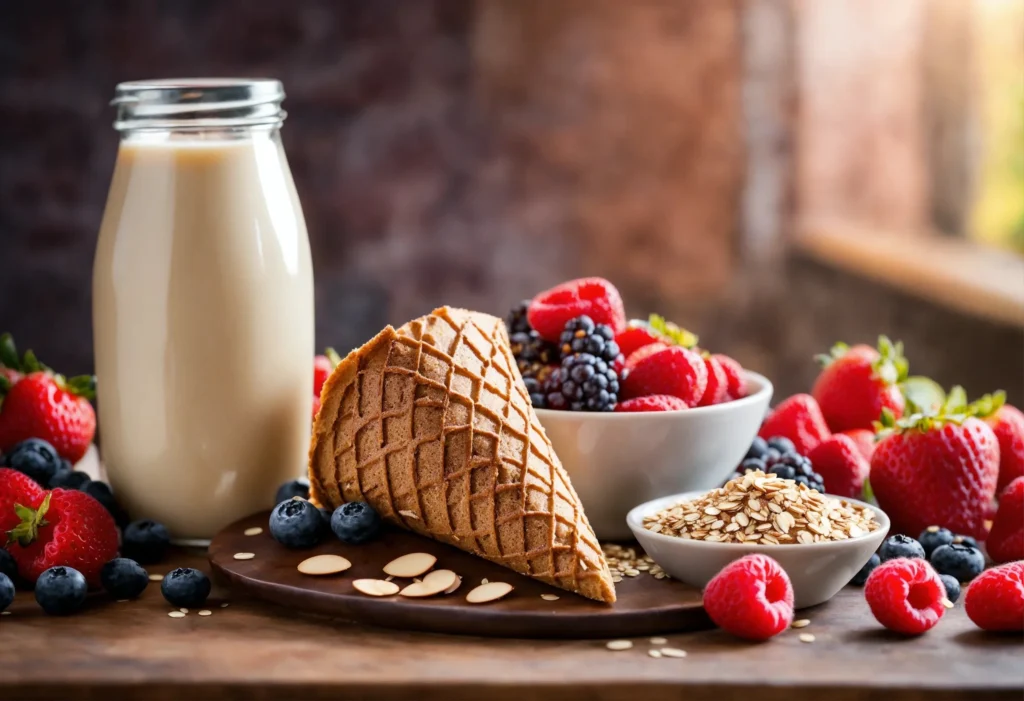
As we move forward, we’ll shift our focus to the culinary applications of sugar cones in the next section. From classic ice cream pairings to innovative dessert ideas, we’ll explore how these crunchy cones can be more than just a vessel for ice cream. Prepare to be inspired by the versatility of sugar cones in the culinary world !
Culinary Applications of Sugar Cone
Classic Ice Cream Pairings
The most traditional and beloved use of sugar cone is, undoubtedly, as a holder for ice cream. Their crunchy texture and mild sweetness make them the perfect complement to the creamy richness of ice cream. From classic vanilla to adventurous flavors like salted caramel or matcha, sugar cones enhance the ice cream experience by adding an extra layer of texture and flavor.
However, the pairing possibilities extend beyond just flavor. Consider color and presentation as well. A vibrant scoop of strawberry ice cream on a golden-brown sugar cone is not only delicious but also visually appealing. The art of pairing ice cream with the right cone can transform a simple dessert into a culinary masterpiece.
Innovative Dessert Ideas
Moving beyond ice cream, sugar cones have found their way into various innovative dessert creations. You can use crushed sugar cones as a base for cheesecakes or mix them into cookie dough for an added crunch. Additionally, they can be filled with fruit salads, mousses, or even yogurt for a breakfast twist.
Chefs are getting creative by using sugar cones as edible bowls for serving small desserts or as decorative elements in plated desserts. In the culinary world, the versatility of sugar cones knows no limitations, driven only by the bounds of imagination. This simple ingredient can inspire a multitude of creative dessert ideas.
Choosing the Best Sugar Cone
Top Brands and Reviews
When it comes to selecting the best sugar cone, brand matters. The market offers a variety of brands, each with its unique flavor profile and texture. Some of the top-rated brands known for their quality include Great Value, Keebler, and Joy. These brands have consistently received positive reviews for their crunchiness, flavor, and ability to hold up well with ice cream.
Reading reviews and recommendations can be incredibly helpful. Look for feedback on aspects like sweetness level, sturdiness, and whether the cone enhances the overall ice cream experience. Personal taste preferences play a significant role here, so what works for one person might differ for another.
Where to Buy Sugar Cone
Sugar cones are readily available, and you can purchase them at most grocery stores, supermarkets, and online retailers. If you’re seeking more gourmet or specialty options, consider checking artisanal food stores or online specialty shops, as they might offer a wider range.
When shopping for sugar cone, consider the occasion. Are you hosting a party, or is it for personal enjoyment? This can influence the type and quantity of cones you choose. Also, keep an eye out for any dietary requirements, such as gluten-free options, to ensure everyone can enjoy the treat.
Frequently Asked Questions About Sugar Cone
In this final section, let’s address some common questions about sugar cone, providing clarity and additional insights.
What is the difference between sugar cones and cake cones ?
- Known for their crunchy texture and sweet flavor, sugar cones typically have a darker color due to caramelization during baking.Cake cones, on the other hand, are lighter, airier, and have a more neutral taste, resembling a wafer in texture.
Are sugar cones vegan ?
- While the basic ingredients of sugar cones (flour, sugar, and water) are vegan, some brands may use animal-derived products like egg whites or honey. It’s important to check the label or contact the manufacturer if you’re looking for a vegan option.
Can sugar cones be made gluten-free ?
- Yes, gluten-free sugar cones are available, using alternative flours like rice or almond flour. They offer a similar taste and texture, catering to those with gluten sensitivities or celiac disease.
How long do sugar cones last ?
- Sugar cones, when stored properly in a cool, dry place, can last for several months. Keeping them in an airtight container helps maintain their freshness and crunchiness.
Can sugar cones be used in baking ?
- Absolutely! You can use crushed sugar cones in baking to add texture and sweetness to desserts such as cookies, pies, and cheesecakes. They provide a unique flavor and crunch that can elevate a simple recipe.
Embracing the Sweetness : A Concluding Scoop on Sugar Cone
As we’ve reached the end of our detailed exploration of sugar cone, it’s clear that these simple yet delightful treats are more than just a vessel for ice cream. They carry a rich history, offer a variety of types and flavors, and have versatile culinary applications. Understanding their nutritional profile and how to choose the best ones can enhance your dessert experiences, whether you’re a casual ice cream lover or a gourmet dessert aficionado.
Sugar cones, with their sweet crunch and nostalgic charm, continue to be a beloved part of our dessert culture. They remind us of simple pleasures and the joy of savoring every bite. So, the next time you enjoy a scoop of ice cream in a sugar cone, remember the journey it has taken from a simple mixture of flour and sugar to the iconic treat it is today.
Thank you for joining us on this sweet journey through the world of sugar cone. May your next ice cream experience be even more delightful with the perfect sugar cone in hand!



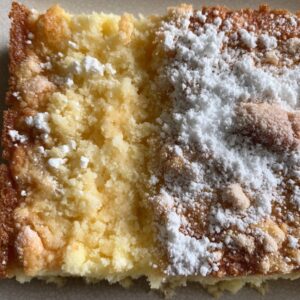






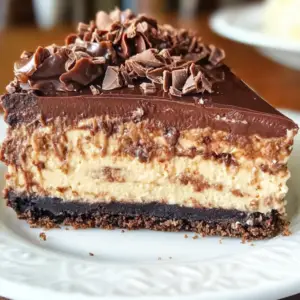
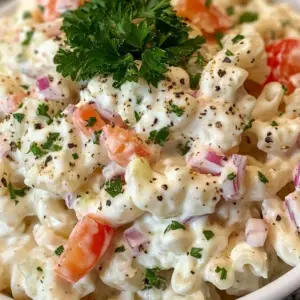

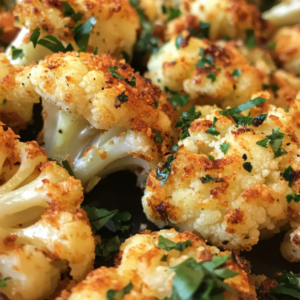


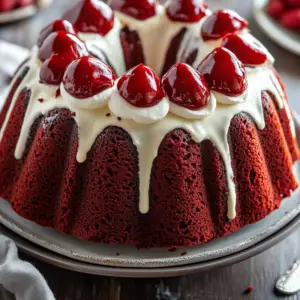

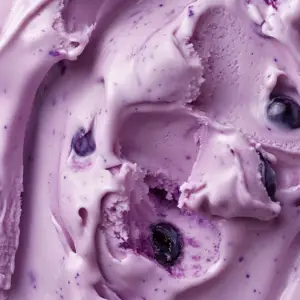


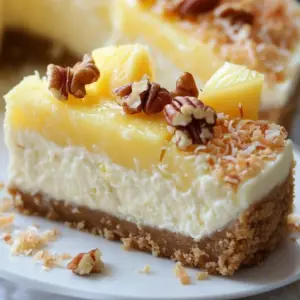
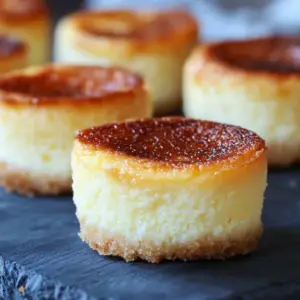

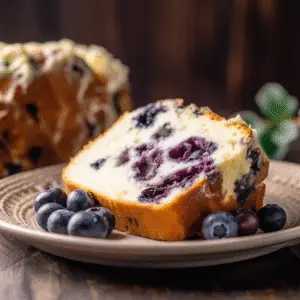


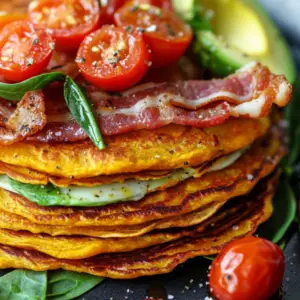

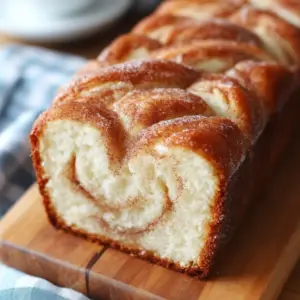



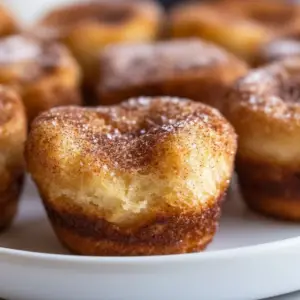
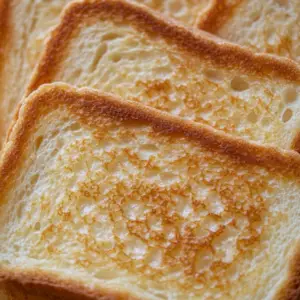
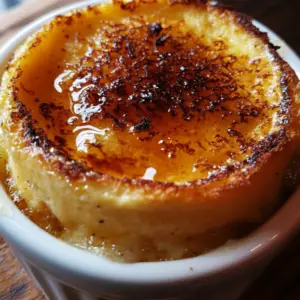
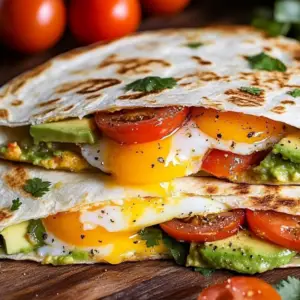
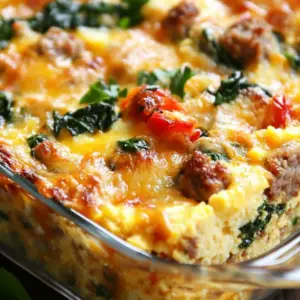




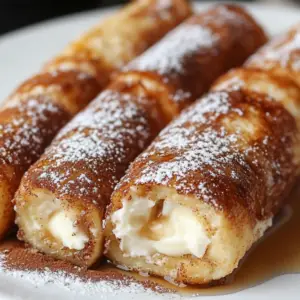
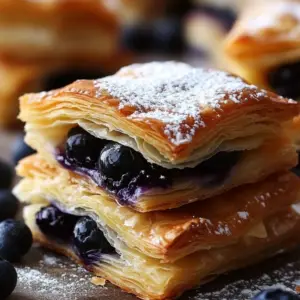

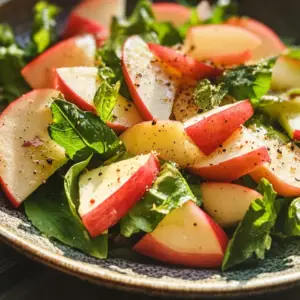

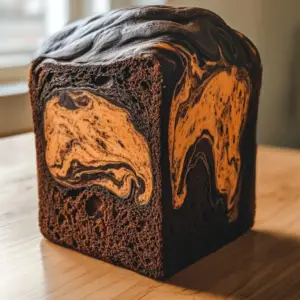
5 Comments